In precision engineering, even the smallest components play a crucial role in ensuring the efficiency, longevity, and smooth operation of machines. Among these components, universal joints and wing bearings are often considered unsung heroes, working together to provide exceptional performance in various applications, from automotive systems to industrial machinery.
What is a Universal Joint?
A universal joint, often referred to as a U-joint, is a mechanical coupling that connects two rotating shafts, allowing them to transmit torque while accommodating angular misalignment between them. This flexibility is essential in many applications where shafts may not be perfectly aligned due to various design constraints or operational factors.
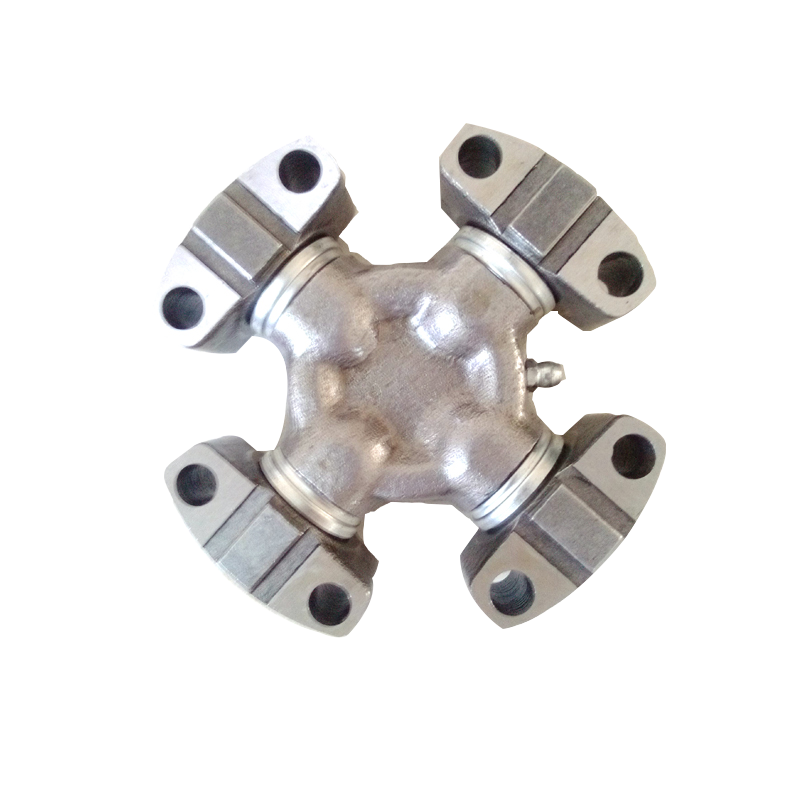
How Wing Bearings Work
Wing bearings, as a specialized type of bearing, are designed to support axial and radial loads in machinery. Unlike conventional bearings, wing bearings have a unique structure with extended surfaces (resembling "wings"), which offer increased load-bearing capacity and improved stability under varying operating conditions. This design reduces friction, which is crucial for maintaining smooth operation and extending the lifespan of rotating parts.
The Synergy Between Universal Joints and Wing Bearings
When combined, universal joints and wing bearings create a dynamic solution for complex mechanical systems that require high torque and stability. Here's how these two components work in harmony:
Enhanced Load Distribution: Wing bearings provide superior load distribution to the universal joint, preventing stress concentration at critical points and ensuring the joint operates smoothly under heavy loads.
Reduced Wear and Tear: The smooth interaction between the universal joint and wing bearings minimizes friction, reducing the wear and tear on both components. This increases the lifespan of the system and reduces maintenance costs over time.
Improved Efficiency: The combination of flexible movement from the U-joint and stable support from the wing bearing leads to more efficient power transmission, resulting in optimized performance and energy savings.
Adaptability to Harsh Environments: Wing bearings, with their robust design, help universal joints withstand extreme conditions, including high speeds, heavy loads, and fluctuating temperatures, which are common in industrial machinery.
Applications of Universal Joints with Wing Bearings
This combination is indispensable in various industries, including:
Automotive: In drivetrains and suspension systems, where constant movement and precise alignment are required.
Aerospace: In aircraft control systems, where reliability and lightweight components are crucial.
Industrial Machinery: In heavy-duty equipment that needs to maintain continuous performance in challenging environments.
Conclusion
The collaboration between universal joints and wing bearings represents an advanced solution for precision engineering challenges. This pairing not only optimizes mechanical systems for higher performance but also enhances reliability and durability in demanding applications. Whether you're designing automotive systems or industrial machines, incorporating universal joints with wing bearings ensures that your equipment can handle the toughest conditions with ease.

 English
English Español
Español 中文简体
中文简体



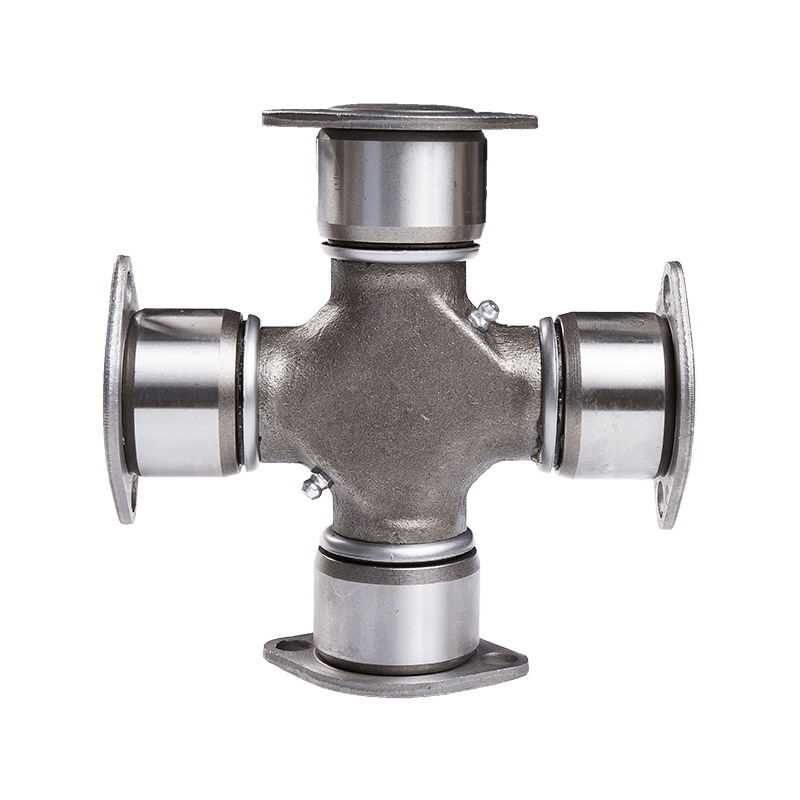
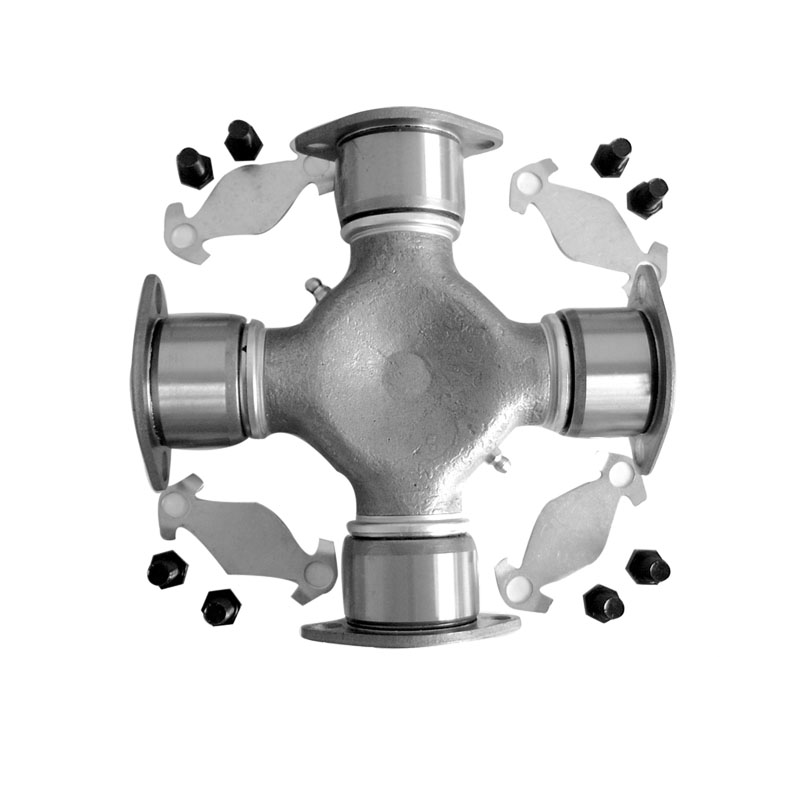

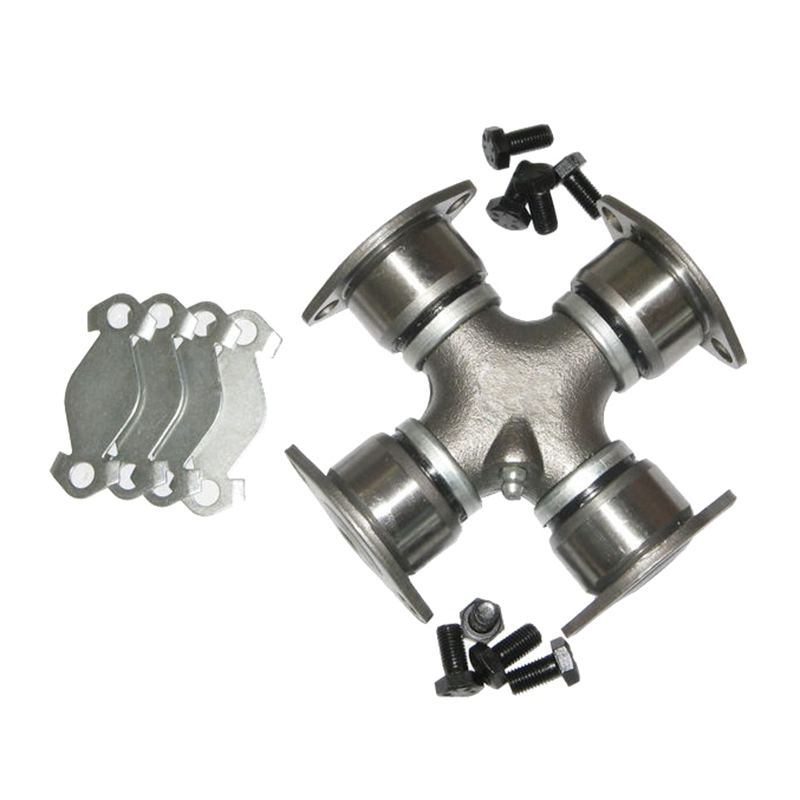
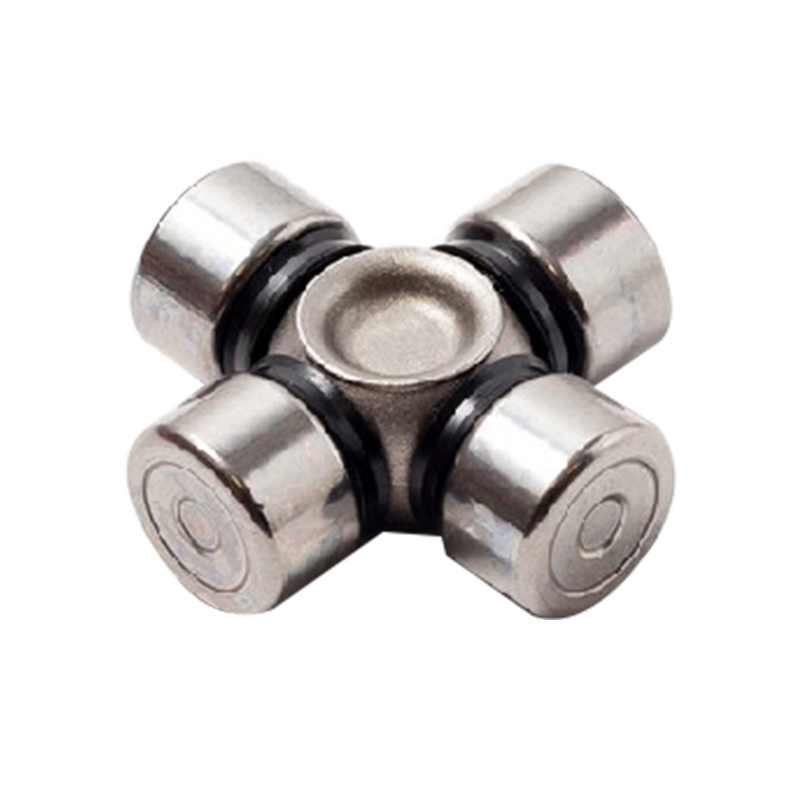
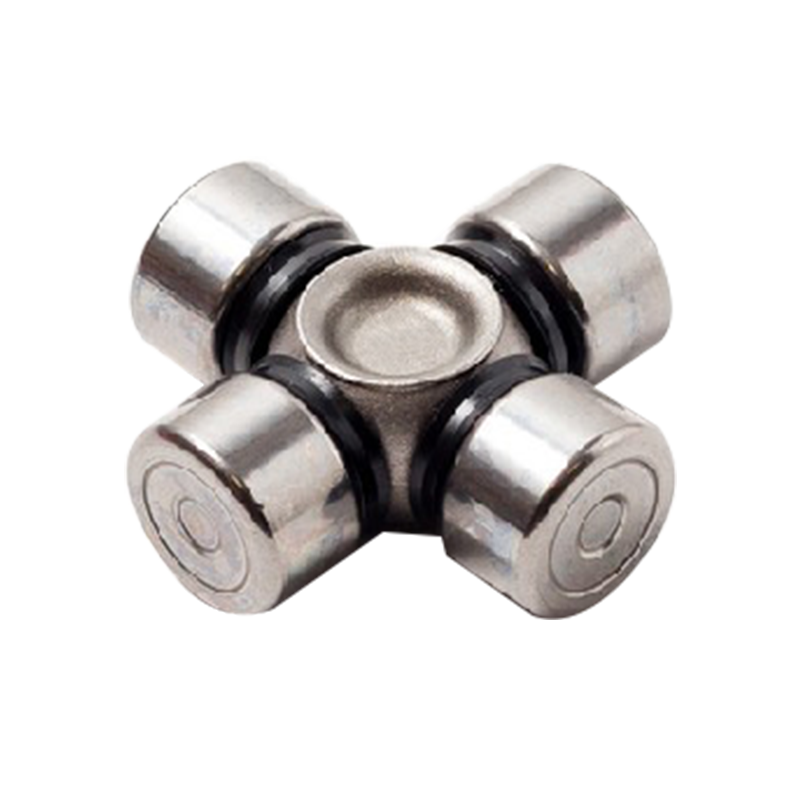
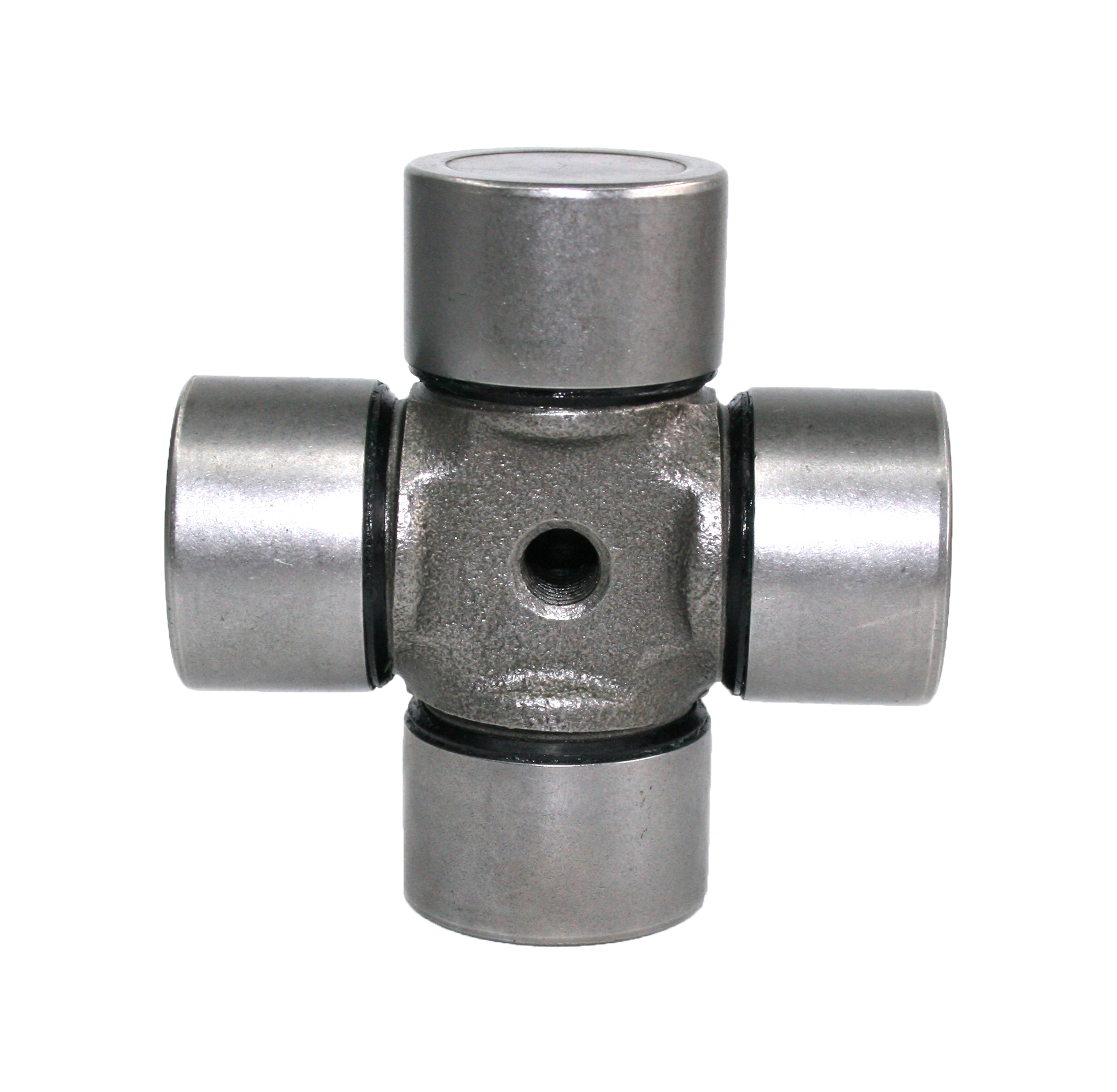
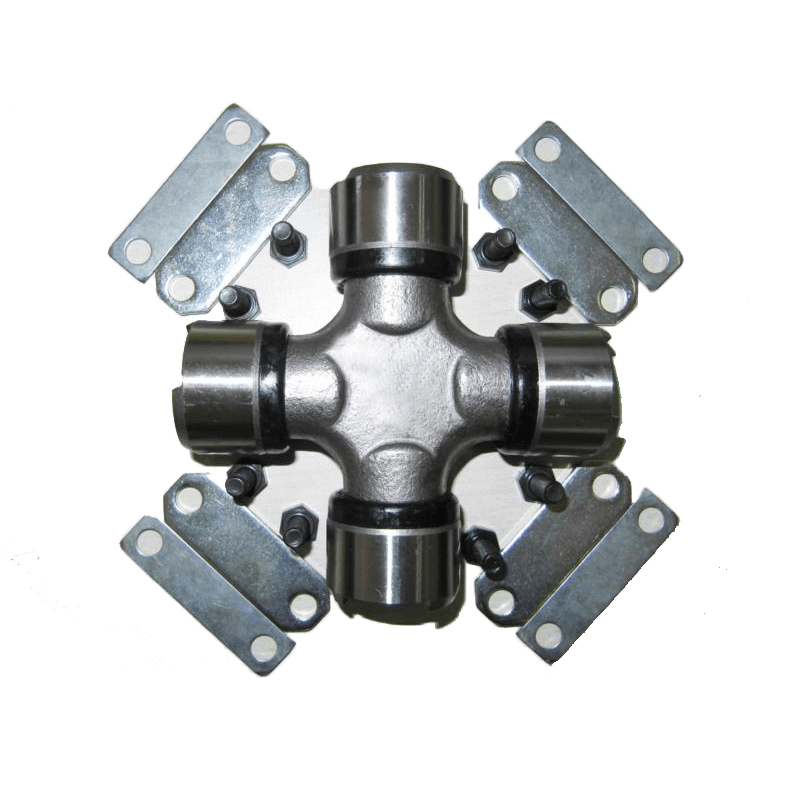
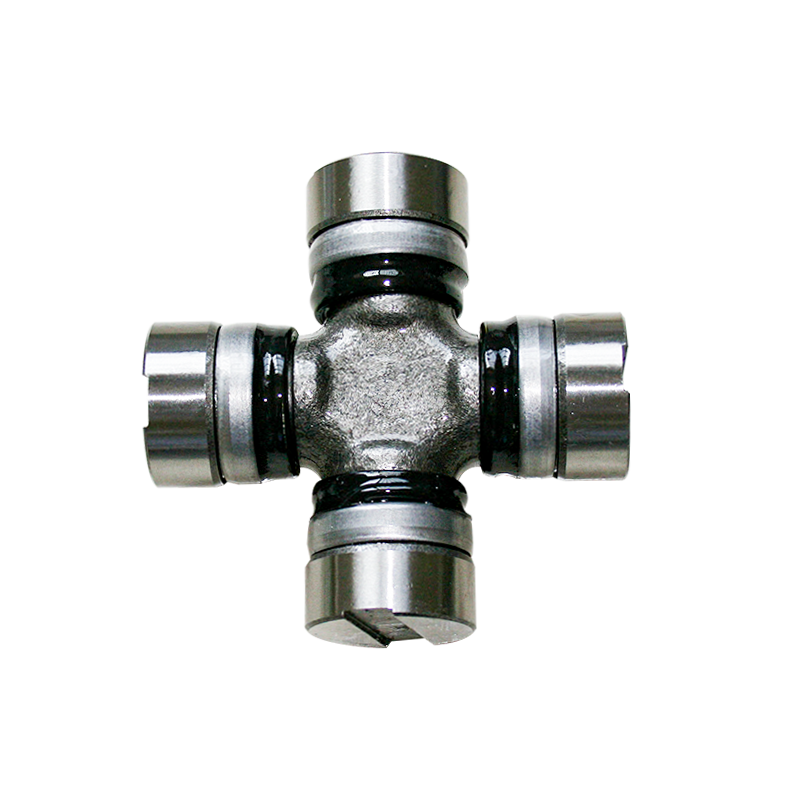
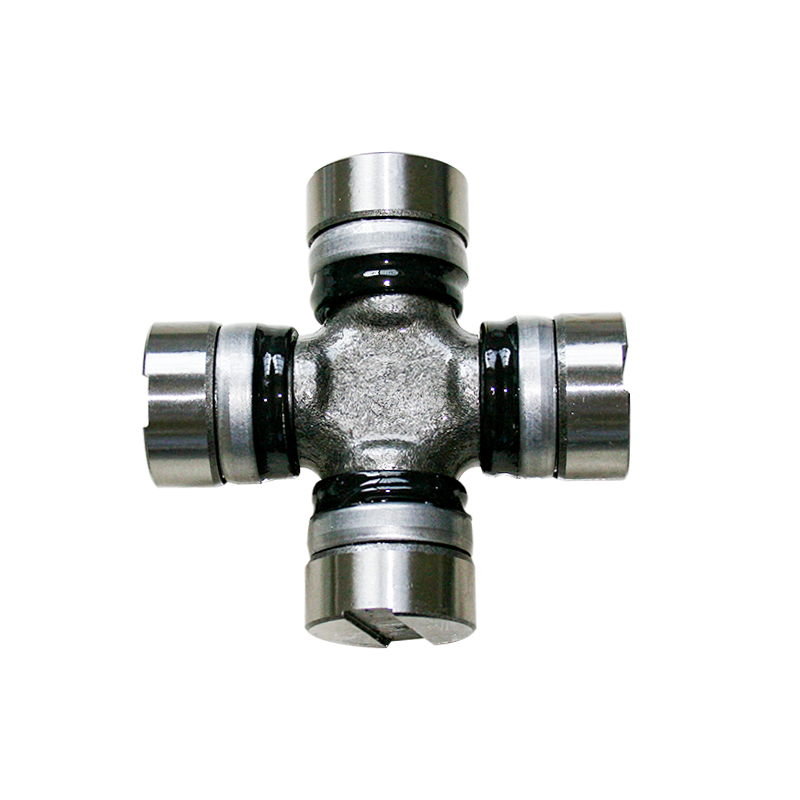

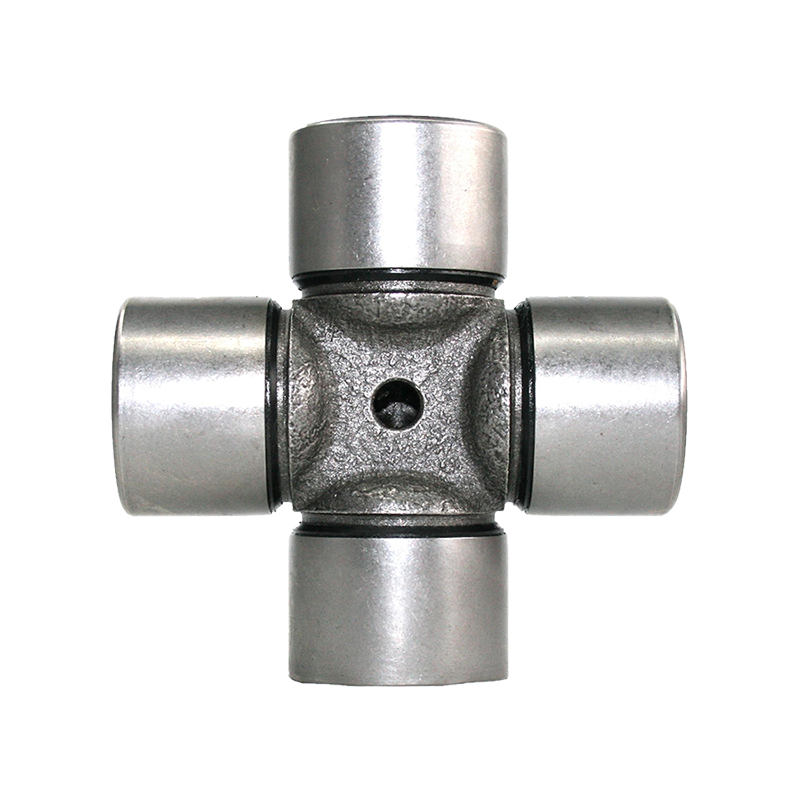



Contact Us